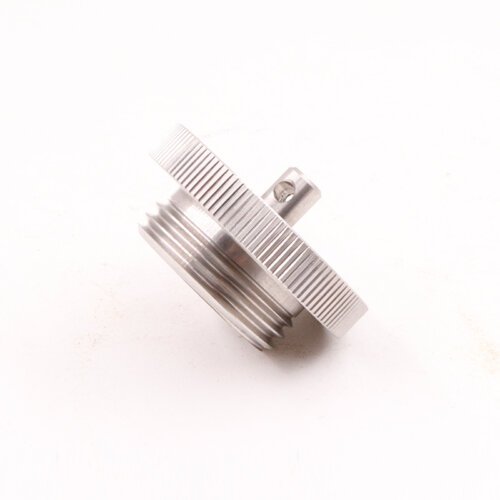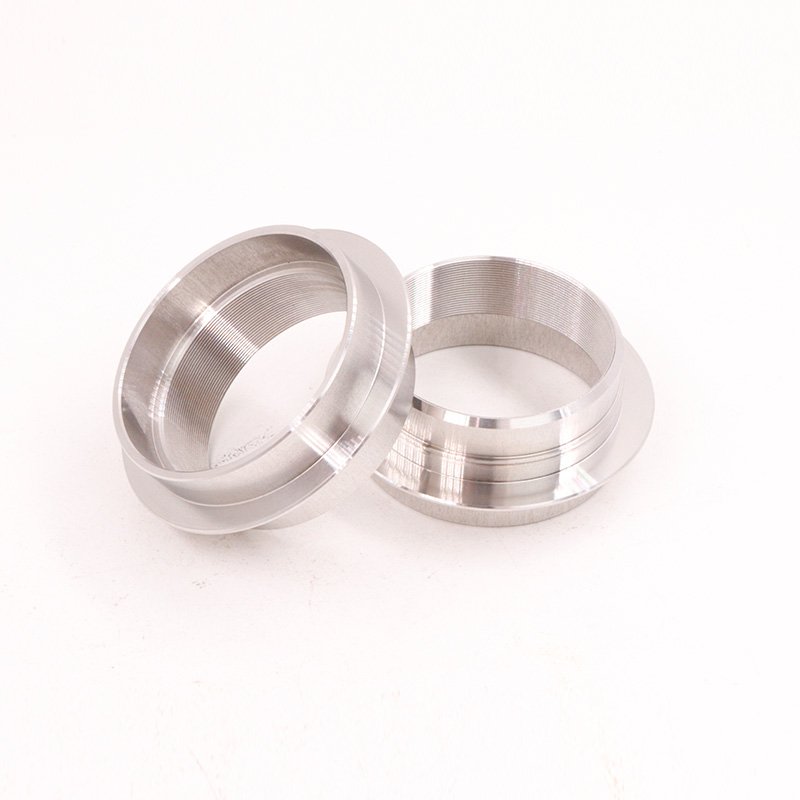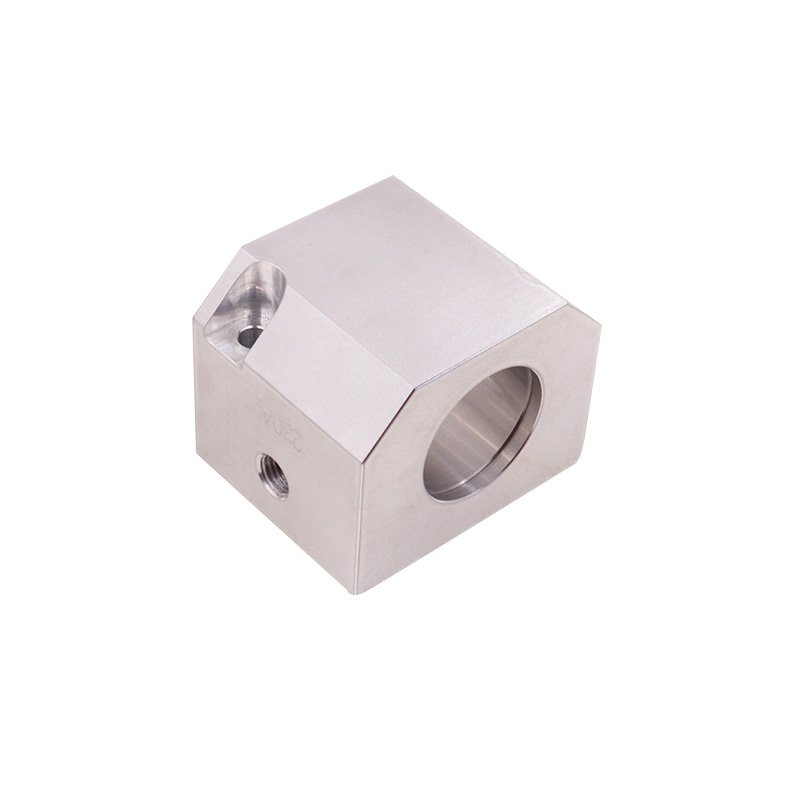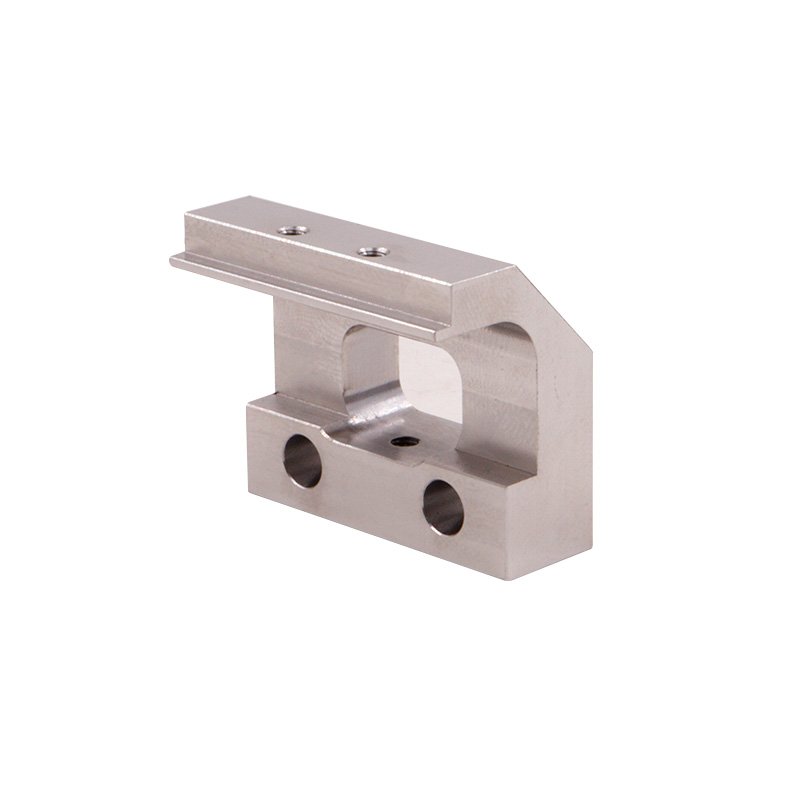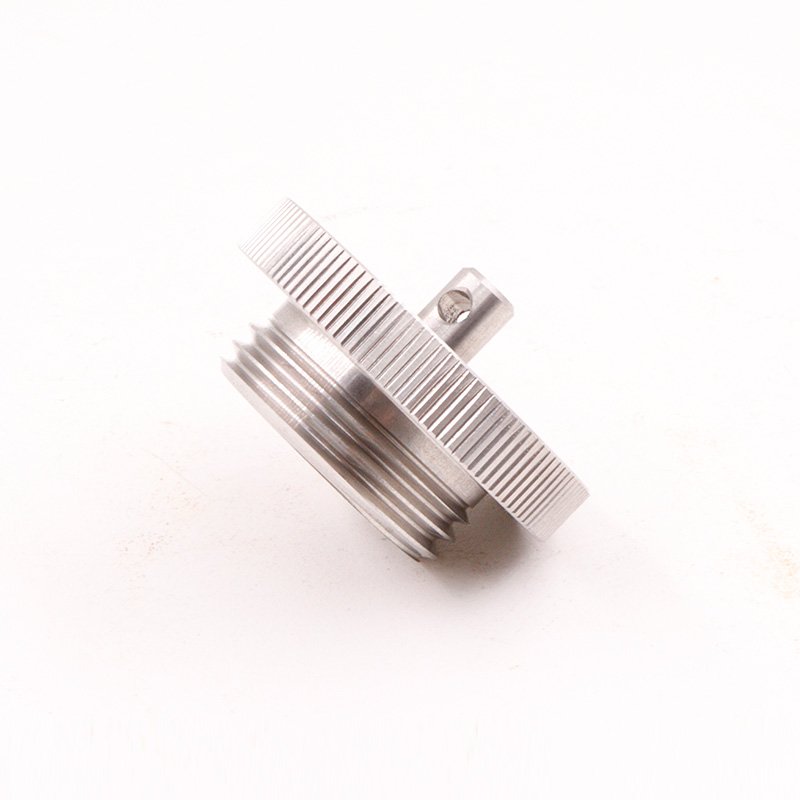Let’s talk about something that doesn’t always get the spotlight but is absolutely essential to how the modern world works: machining parts. These components are the backbone of countless products we rely on every day—cars, airplanes, smartphones, medical devices—you name it. But what exactly are machining parts, how are they made, and why are they so crucial? Let’s dive in and explore the fascinating world of machining.
What Are Machining Parts?
Machining parts are components created by removing material from a workpiece using cutting tools. This process, known as machining, can involve techniques like turning, milling, drilling, and grinding. The goal? To produce parts with precise dimensions, smooth surfaces, and complex geometries.
Why Machining Parts Matter
- Precision: Machining can achieve tolerances as tight as ±0.0005 inches (0.0127 mm). That’s thinner than a human hair!
- Versatility: It works with a wide range of materials, from lightweight aluminum to tough titanium.
- Efficiency: Modern CNC machines can churn out parts quickly and consistently, slashing production time and costs.
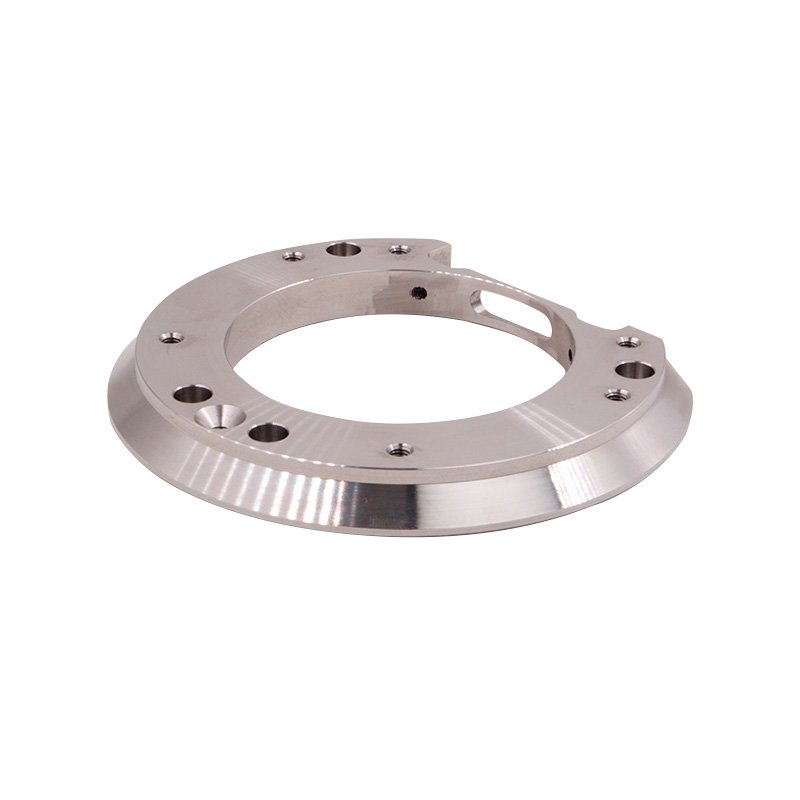 How Are Machining Parts Made?
How Are Machining Parts Made?
Let’s break down the process step by step, with a focus on the nitty-gritty details that make machining so fascinating.
1. Design: The Blueprint
It all starts with a 3D model of the part, created using CAD (Computer-Aided Design) software. Think of this as the digital blueprint that guides the entire process.
- Pro Tip: If you’re designing a part, software like SolidWorks or Fusion 360 can help you create detailed and accurate models. And don’t forget to consider manufacturability—designing for machining can save you a lot of headaches down the line.
2. Material Selection: Choosing the Right Stuff
The material you choose can make or break your part. Common options include:
- Metals: Aluminum (lightweight and easy to machine), steel (strong and durable), titanium (tough but challenging to work with).
- Plastics: ABS (affordable and versatile), polycarbonate (impact-resistant), nylon (wear-resistant).
- Composites: Carbon fiber (lightweight and strong), fiberglass (durable and corrosion-resistant).
- Did You Know? Aluminum 6061 is one of the most popular materials for machining because it strikes a great balance between strength, weight, and machinability.
3. Machining: The Art of Cutting
This is where the magic happens. The machining process involves removing material from the workpiece using cutting tools. Here’s a quick rundown of the main techniques:
- Turning: The workpiece spins while a stationary cutting tool removes material. Perfect for cylindrical parts like shafts and bushings.
- Milling: The cutting tool rotates while the workpiece stays still. Ideal for creating complex shapes and features.
- Drilling: A rotating drill bit creates holes in the workpiece. Simple but essential.
- Grinding: An abrasive wheel removes material to achieve a smooth surface finish. Think of it as the final polish.
- Fun Fact: A 5-axis CNC machine can move the cutting tool in five different directions simultaneously, allowing it to create incredibly complex shapes in a single setup.
4. Finishing: The Final Touch
Once the machining is done, the part may undergo additional processes to improve its appearance and functionality. This could include:
- Sanding: To smooth out rough edges.
- Polishing: To achieve a mirror-like finish.
- Painting or Coating: To protect the part from corrosion or wear.
Why Are Machining Parts So Important?
1. Precision and Accuracy
Machining parts are known for their ability to achieve extremely tight tolerances. For example, in the aerospace industry, machining is used to create turbine blades and engine components that require micron-level precision. According to a 2022 report by Aerospace Manufacturing and Design, machining has reduced error rates in aerospace component manufacturing by over 50%.
2. Efficiency and Speed
Modern CNC machines can produce parts quickly and consistently, significantly reducing production time. A 2021 study by Modern Machine Shop found that companies using CNC machining saw a 30% increase in production efficiency compared to manual machining.
3. Cost-Effectiveness
While the initial investment in CNC machines can be high, the long-term savings are substantial. By reducing material waste and labor costs, machining can lower production expenses by up to 20%, according to a 2020 analysis by Manufacturing Global.
4. Versatility
Machining can be used on a wide range of materials, making it ideal for industries like automotive, aerospace, and medical devices. Whether you need a lightweight plastic part or a durable metal component, machining has you covered.
Real-World Applications of Machining Parts
1. Automotive Industry
Machining parts are used to create critical components like engine blocks, transmission cases, and suspension parts. For example, Tesla uses machining to produce high-precision components for its electric vehicles.
2. Aerospace Industry
The aerospace sector relies heavily on machining to create lightweight, high-strength parts like turbine blades and fuselage frames. Boeing, for instance, uses machining to manufacture components for its 787 Dreamliner.
3. Medical Devices
Machining is essential for developing surgical instruments, implants, and prosthetics. A 2023 case study by Medical Design & Outsourcing highlighted how a company used machining to reduce the development time of a new prosthetic limb by 30%.
4. Consumer Electronics
From smartphones to wearables, machining helps electronics companies test and refine their designs. Apple, for example, uses machining to perfect the fit and finish of its devices.
Challenges and Limitations
1. High Initial Cost
CNC machines can be expensive, with prices ranging from $50,000 for basic models to over $500,000 for advanced systems. However, many companies opt for outsourcing to reduce costs.
2. Skilled Labor Required
Operating a CNC machine requires specialized training. According to a 2021 article by IndustryWeek, there’s a growing skills gap in the manufacturing sector, with many companies struggling to find qualified CNC operators.
3. Material Waste
Machining is a subtractive process, meaning it removes material to create the part. This can result in significant waste, especially for complex designs.
The Future of Machining Parts
The future of machining parts is looking bright, with several exciting trends on the horizon:
1. Hybrid Manufacturing
Combining machining with additive manufacturing (3D printing) is becoming increasingly popular. Hybrid machines can 3D print a rough shape and then use machining to achieve the final precision, offering the best of both worlds.
2. AI and Machine Learning
Artificial intelligence is being used to optimize machining processes. A 2023 report by TechCrunch highlighted how AI algorithms can predict tool wear and adjust machining parameters in real-time, reducing downtime and improving accuracy.
3. Faster, Smarter Machines
Advances in CNC technology are making machines faster, more precise, and easier to use. For example, new 5-axis CNC machines can create incredibly complex shapes in a fraction of the time.
Wrapping It Up
Machining parts are the unsung heroes of modern manufacturing, enabling the production of high-precision, complex components with unmatched efficiency. From cars to medical devices, these parts play a crucial role in shaping the world around us. While they come with challenges like high costs and the need for skilled labor, the benefits far outweigh the drawbacks.
If you’re considering investing in machining, it’s important to weigh your options carefully. Look for a machine that meets your specific needs, whether it’s a basic 3-axis mill or a high-end 5-axis system. And don’t forget to factor in the cost of training your team to operate it effectively.
At the end of the day, machining isn’t just a process—it’s an investment in the future of your business. So, what will you create with it?
References
- Aerospace Manufacturing and Design (2022) – Report on machining in aerospace.
- Modern Machine Shop (2021) – Study on production efficiency with CNC machining.
- Manufacturing Global (2020) – Analysis of cost savings with machining.
- IndustryWeek (2021) – Article on the skills gap in CNC machining.
- TechCrunch (2023) – Report on AI in machining operations.

